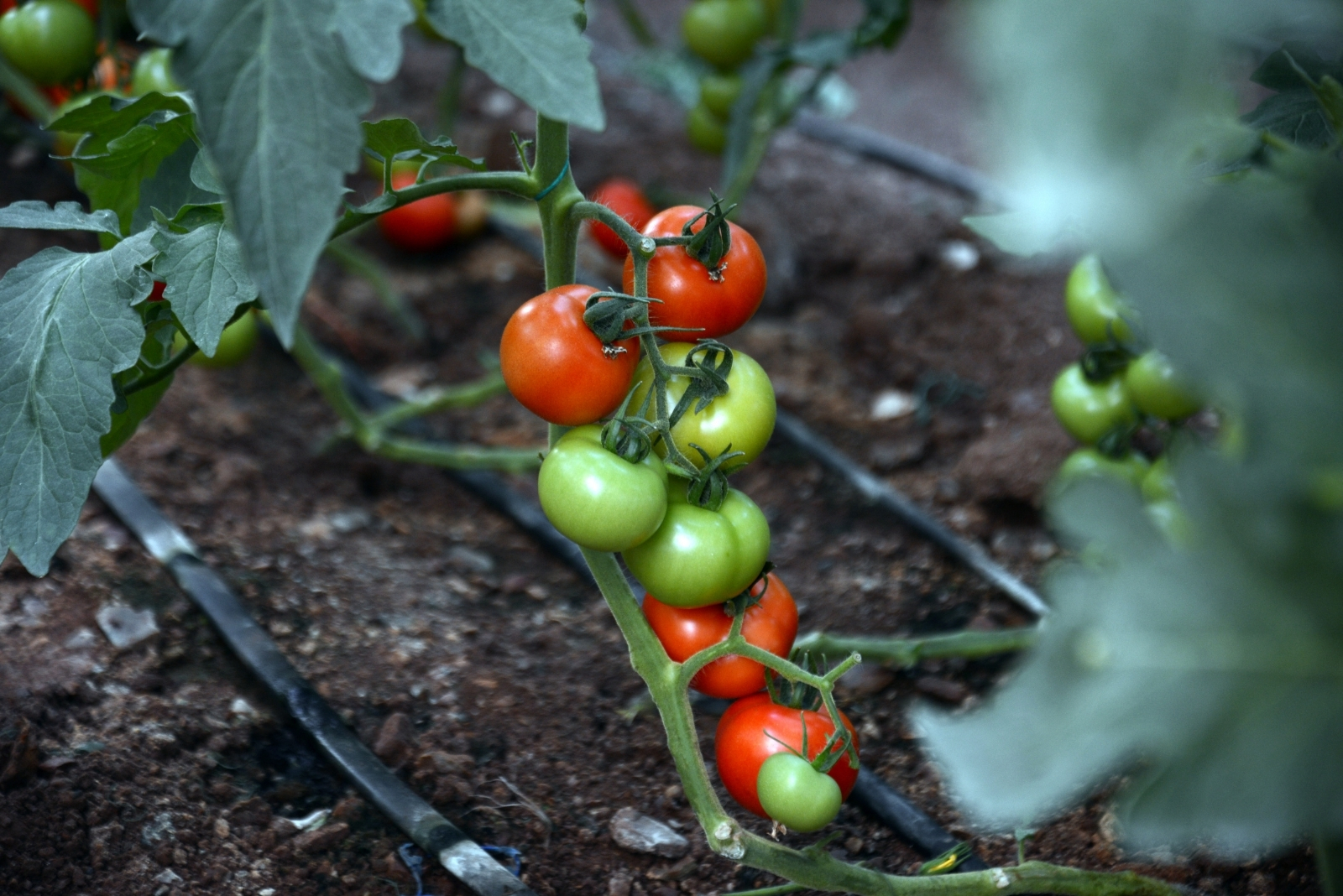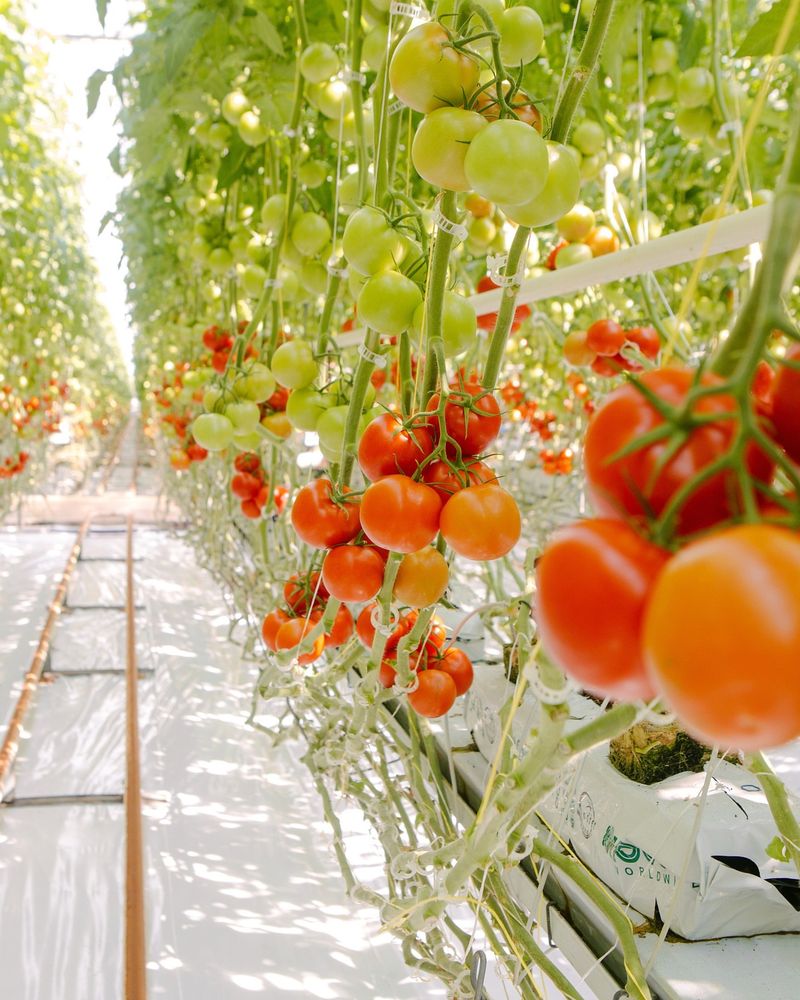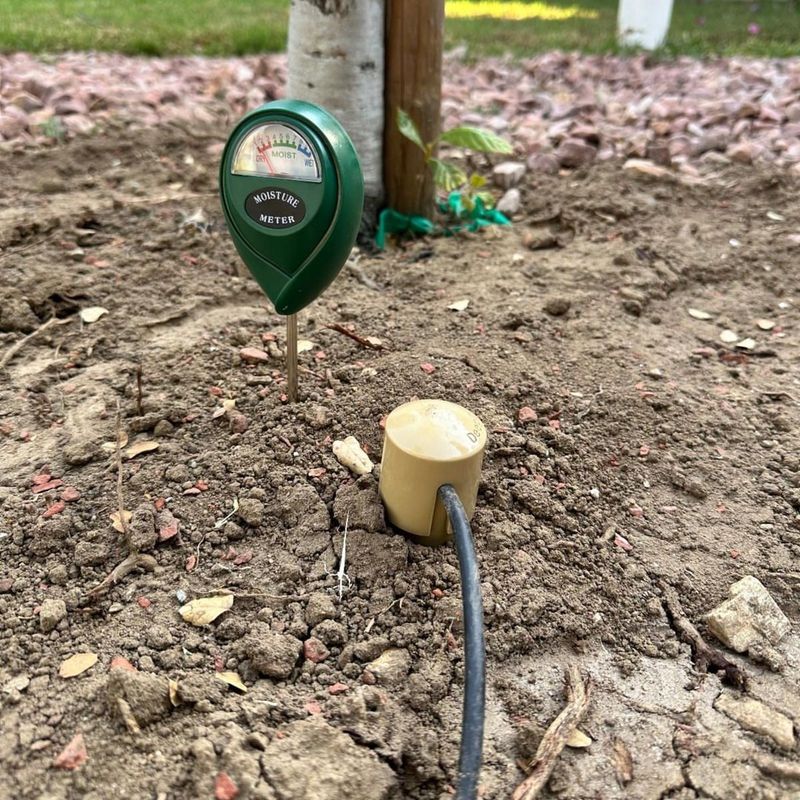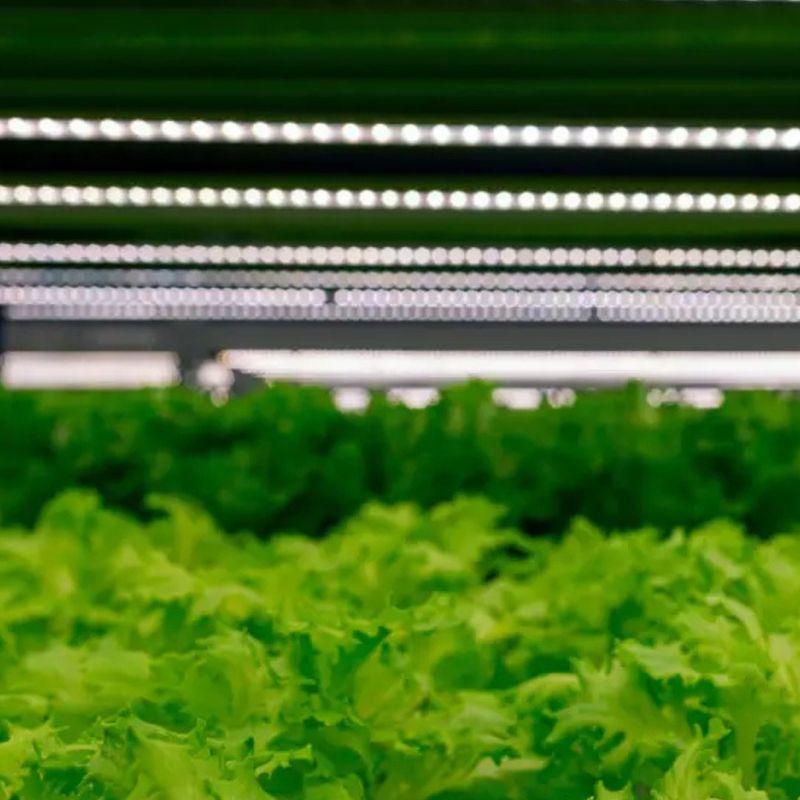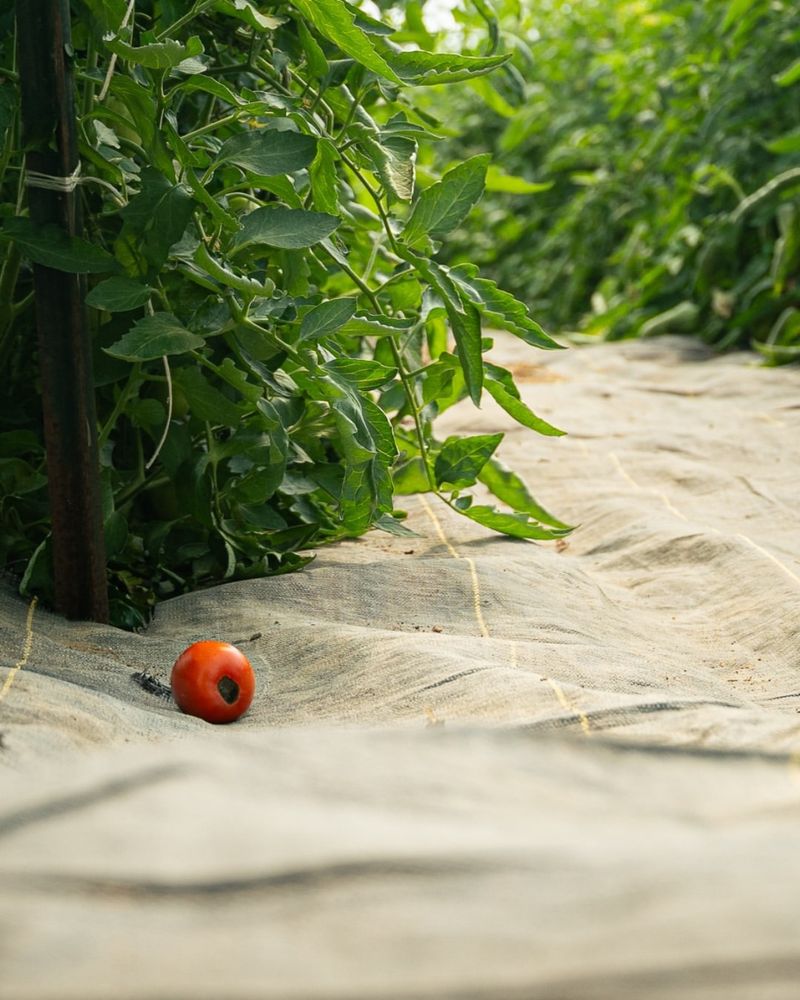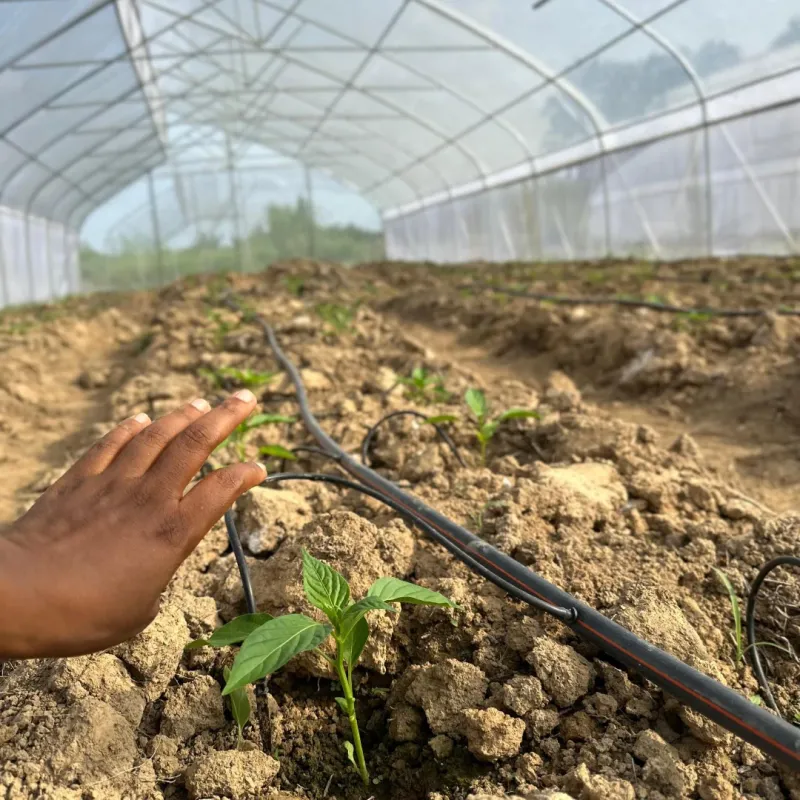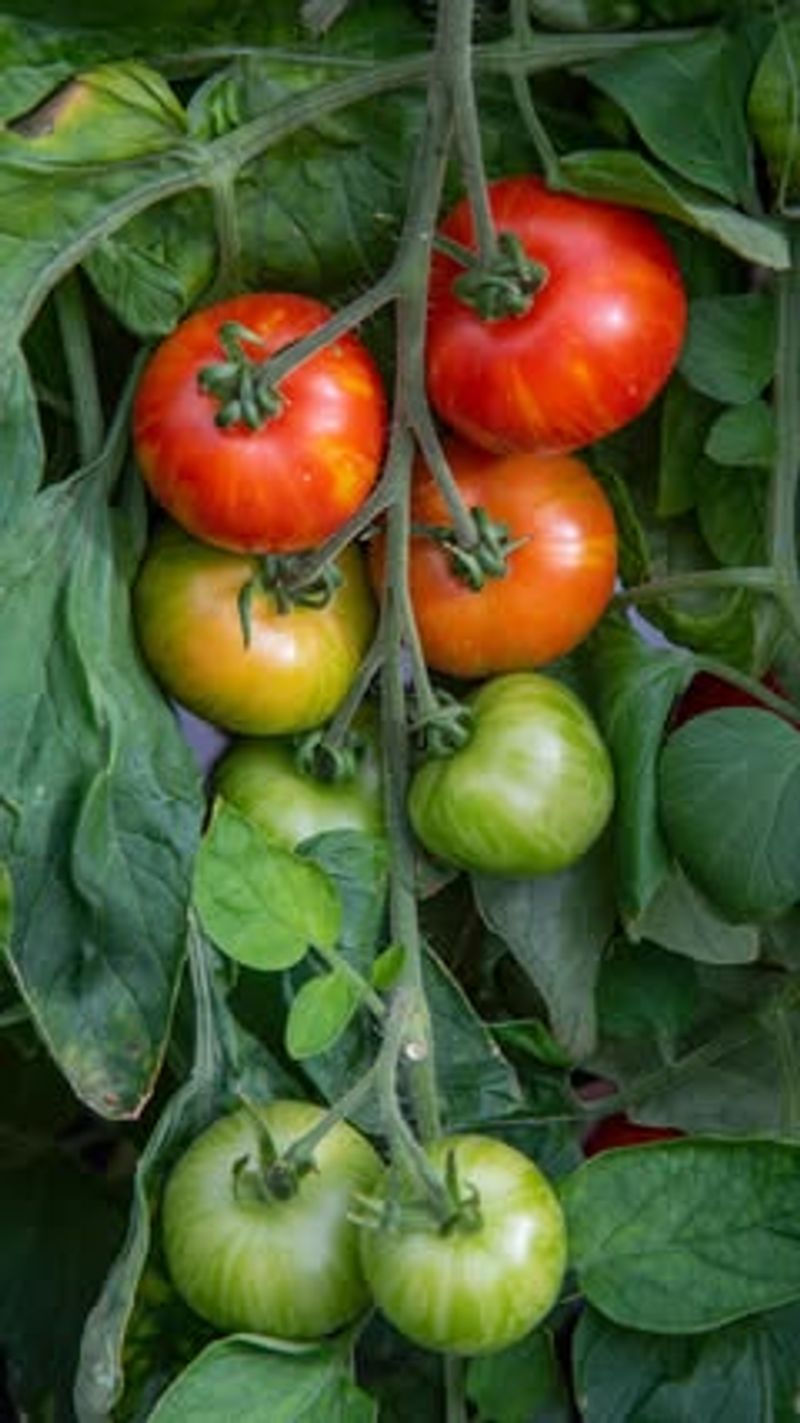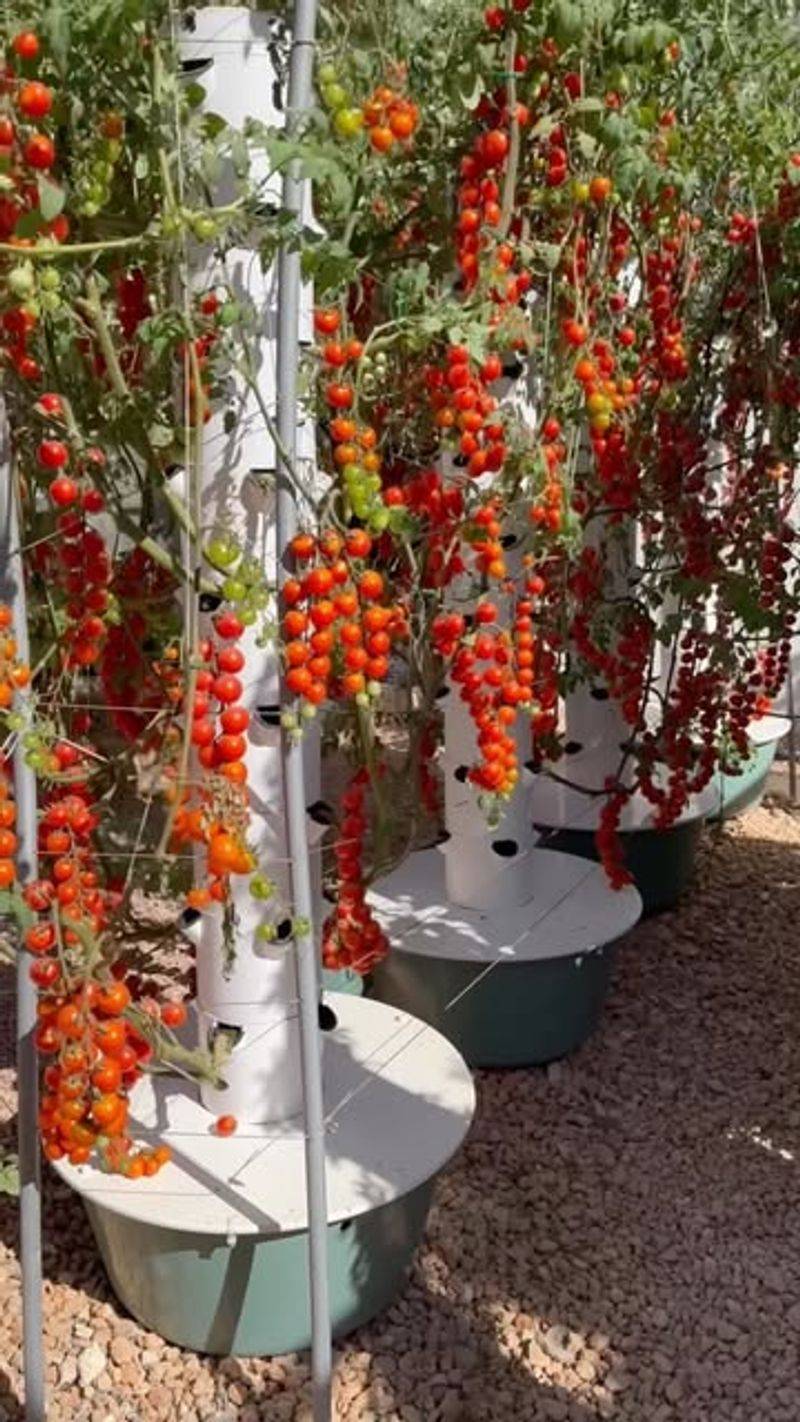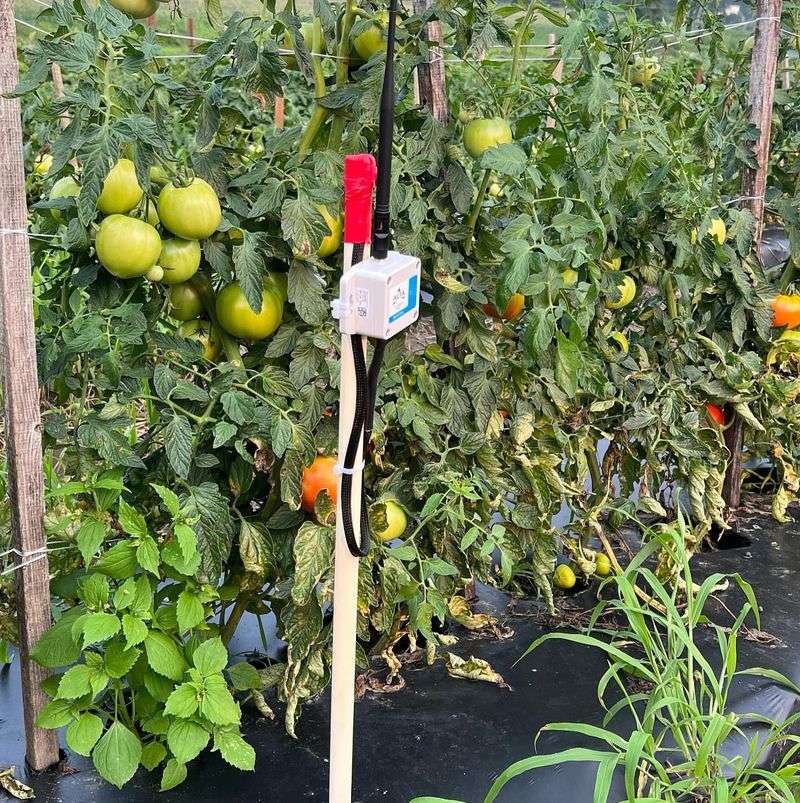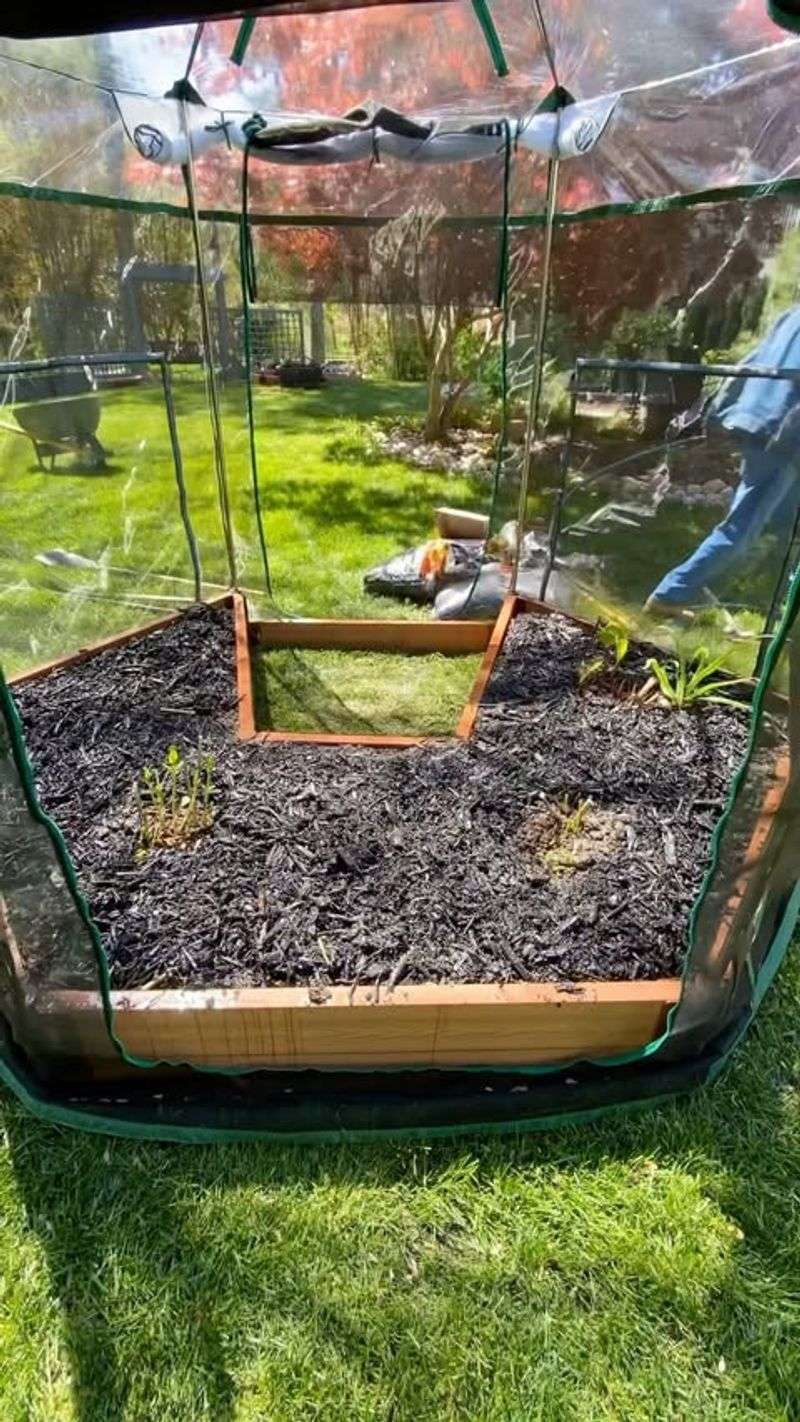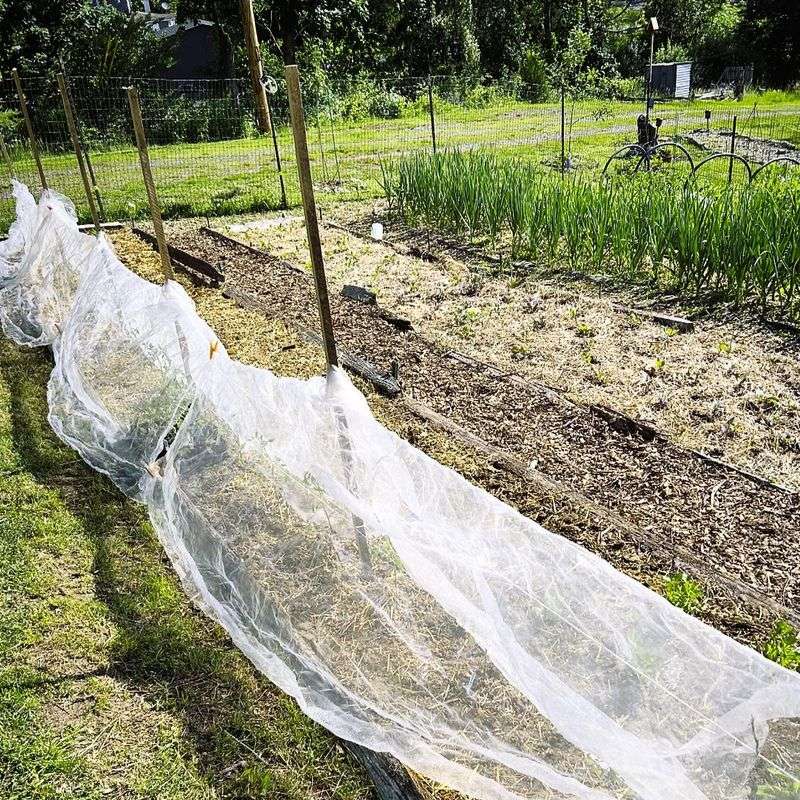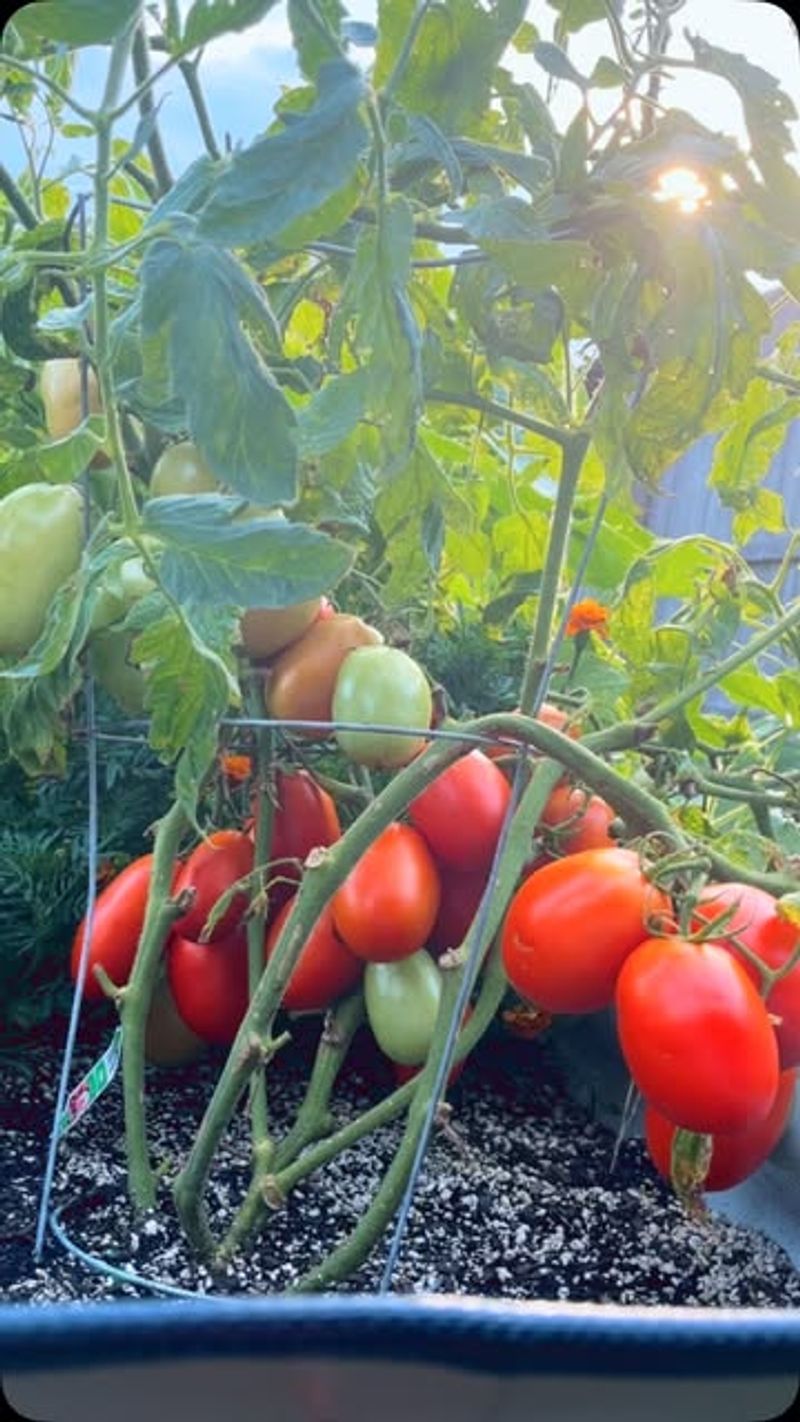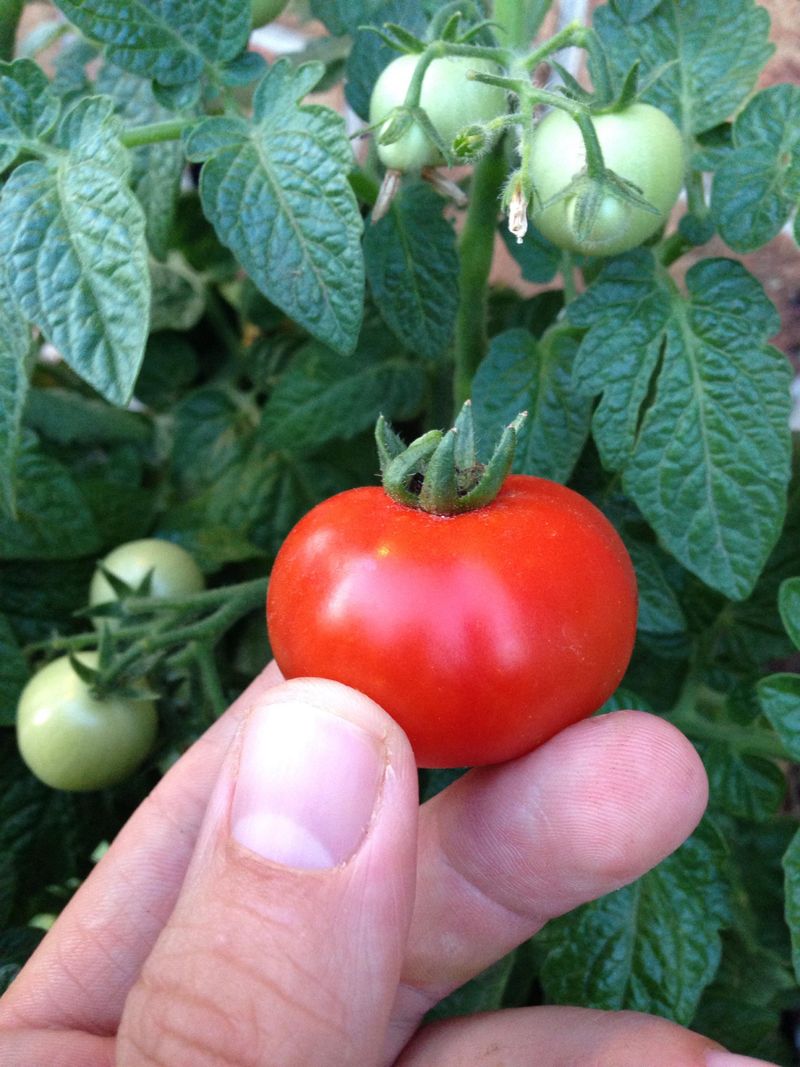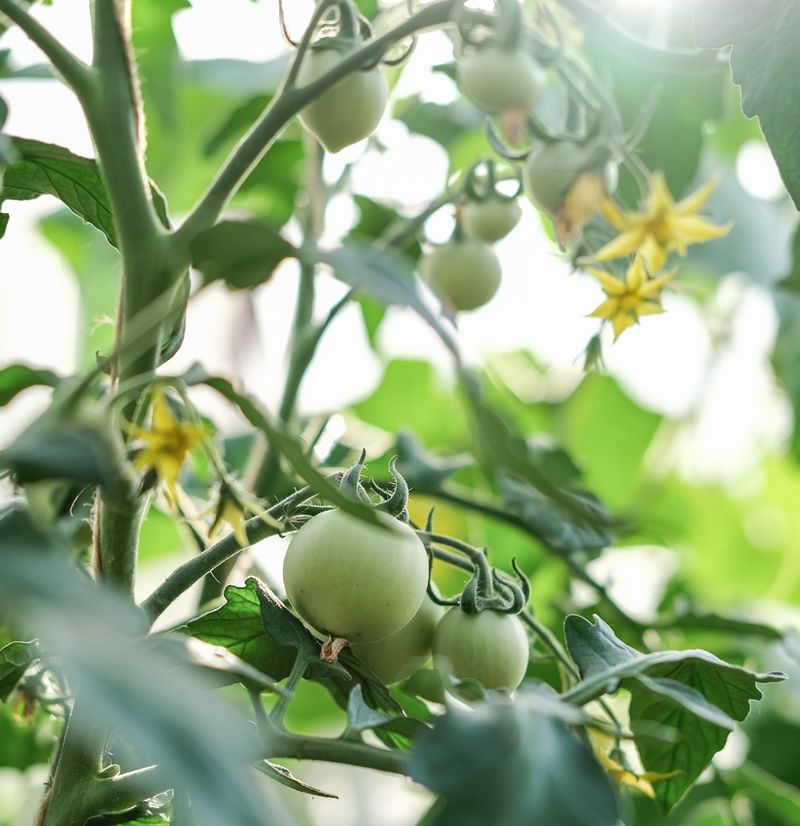Cooler days in Seattle often slow tomato growth, but smart systems can help extend the season. Automated watering and temperature control give plants steady conditions.
Consistent support reduces stress on the vines. This can result in more ripe fruit well past midsummer. Technology and gardening work hand in hand for longer harvests.
1. Automated Greenhouse Controls
Temperature sensors connected to smartphone apps allow Seattle gardeners to monitor conditions remotely. When chilly September nights threaten, you can trigger heating systems without leaving your couch.
Washington growers especially appreciate these systems during unpredictable fall weather patterns. The best setups include backup power options for those notorious Pacific Northwest power outages.
2. Soil Moisture Monitoring
Wireless probes track exactly how damp your garden beds are throughout the day. No more guessing games about watering needs as Seattle’s fall drizzle starts but temperatures remain warm enough for growth.
Across Washington, gardeners use these monitors to prevent both drought stress and overwatering. The data helps you understand your specific microclimate’s patterns better than ever before.
3. Timed Grow Light Systems
LED grow lights on smart timers compensate for decreasing daylight hours. Your tomatoes continue receiving the 14+ hours of light they crave, even when Seattle’s fall days shorten dramatically.
Washington gardeners often install these in covered porches or garages as temperatures drop. The latest systems adjust light spectrum automatically, mimicking the changing qualities of natural sunlight.
4. Weather-Responsive Coverings
Motorized row covers or greenhouse panels that deploy automatically when rain or cold is detected keep plants protected. These smart systems check local Seattle weather forecasts and respond before damage occurs.
Throughout Washington, gardeners rely on these during unpredictable fall weather. Some advanced options even include light-transmitting materials that open automatically during peak sunshine hours.
5. Smart Irrigation Systems
Drip irrigation controlled by weather forecasts ensures tomatoes receive consistent moisture without wastage. These systems cut off automatically when Seattle’s famous fall rains arrive, preventing root rot issues.
Washington gardeners appreciate how these systems maintain ideal soil moisture levels through changing conditions. Many connect to local weather stations for real-time adjustments based on precipitation predictions.
6. Climate-Controlled Container Gardens
Self-regulating planters with built-in heating elements keep root zones at optimal temperature. Perfect for Seattle patios and decks where fall evenings cool quickly but days remain warm enough for ripening.
Across Washington state, these containers extend the growing season by weeks. Some models include water reservoirs with sensors that maintain ideal moisture levels without daily attention.
7. Automated Nutrient Delivery
Hydroponic systems that adjust fertilizer ratios automatically as tomato plants’ needs change during fall. These smart feeders detect when Seattle’s decreasing daylight affects nutrient uptake patterns.
Washington tomato enthusiasts use these systems to provide precisely what plants need during the critical ripening phase. The technology prevents common late-season deficiencies that slow down fruit development.
8. Plant Health Monitoring Cameras
AI-powered cameras that scan leaves for early signs of disease or stress keep your tomatoes healthy longer. Especially valuable as Seattle’s humid fall conditions create perfect environments for fungal problems.
Washington gardeners receive smartphone alerts when intervention is needed. The system can distinguish between normal seasonal changes and actual problems requiring treatment.
9. Heat-Retaining Mulch Systems
Special mulches that capture daytime warmth and release it slowly overnight create microclimate buffers. These smart materials help Seattle tomato plants survive temperature fluctuations common in early fall.
Washington gardeners strategically place these around plants as days shorten. Some advanced versions change color based on temperature, maximizing heat absorption when needed most.
10. Frost Prediction Alerts
Microclimate sensors that send warnings to your phone when conditions approach freezing give you crucial reaction time. Seattle’s varied topography creates surprising cold pockets that these systems detect before damage occurs.
Across Washington, gardeners rely on these alerts for last-minute protection measures. The most sophisticated models track temperature trends to predict frost risk hours in advance.
11. Automated Harvesting Reminders
Plant monitors that track ripening patterns and alert you when fruit reaches peak readiness prevent waste. These systems help Seattle gardeners maximize yield by ensuring nothing overripens or falls victim to early fall pests.
Washington tomato lovers appreciate the timing precision these provide. Some even estimate days until green tomatoes will fully ripen based on current conditions and trends.
12. Voice-Controlled Garden Management
Smart home hubs that integrate with garden systems let you adjust settings by voice command. Seattle gardeners can ask about conditions or trigger protective measures while cooking dinner with their harvest.
Throughout Washington, these convenient interfaces make fall garden management less stressful. The systems can provide daily summaries of garden conditions and automated actions taken.
13. Vertical Growing Towers
Self-contained growing systems that maximize space and light exposure through vertical design keep production high. These towers help Seattle gardeners bring plants indoors gradually as fall progresses.
Washington homes often feature these space-saving solutions near south-facing windows. The best models include built-in lighting and irrigation that adjust automatically to indoor conditions.
14. Data-Driven Growing Assistants
AI gardening apps that analyze your specific growing conditions and provide customized advice improve success rates. These smart assistants help Seattle gardeners make critical decisions as fall approaches.
Across Washington, gardeners share data to improve regional recommendations. The collective knowledge helps everyone extend their tomato harvests despite challenging Pacific Northwest fall conditions.

